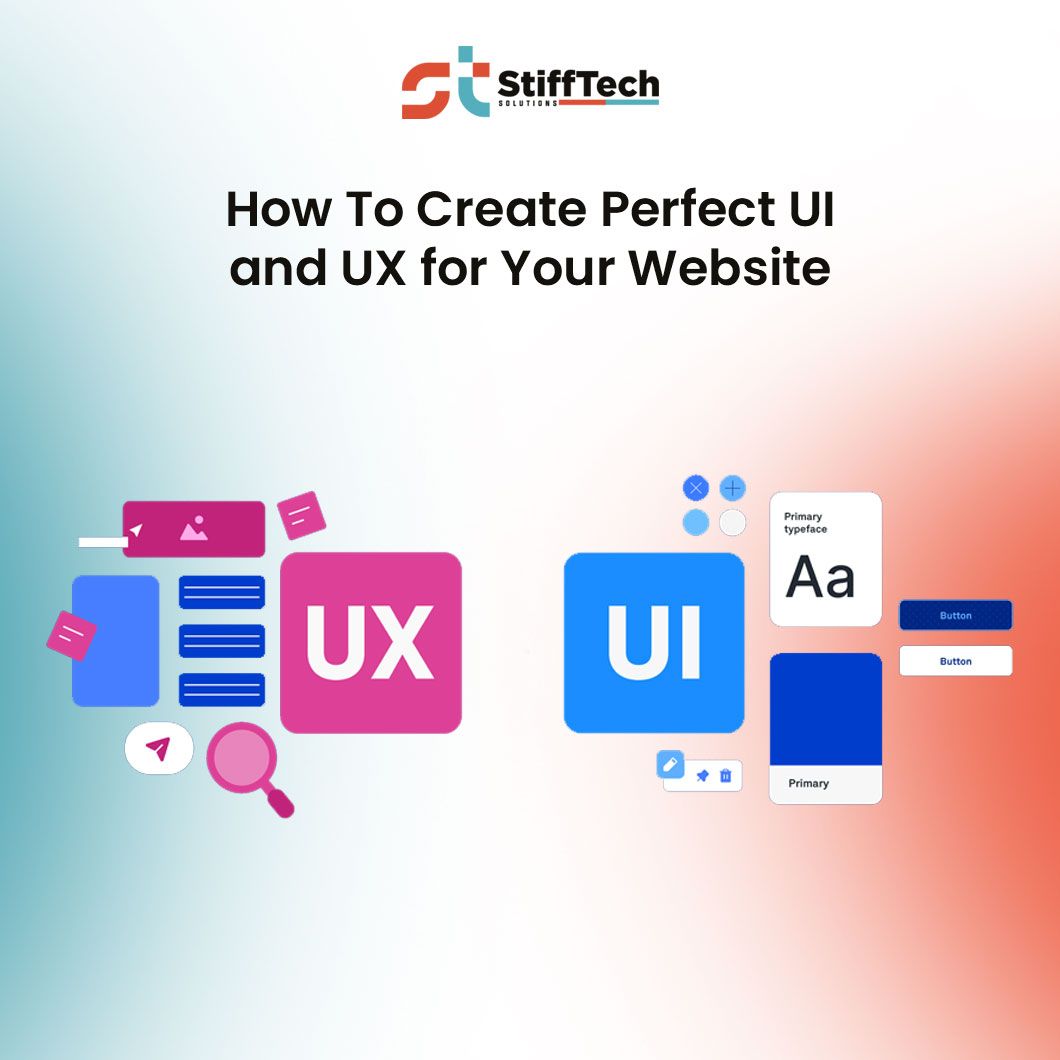
How to Use DeepSeek for Digital Marketing
The rise of AI has transformed the way businesses approach digital marketing. Tools like DeepSeek make it easier to analyze

Imagine a website where you quickly realize you are in the wrong place – buttons are everywhere, the navigation is confusing, and everything is just out of place. Now, let’s think about the opposite: a webpage that has a clean, intuitive design that automatically guides you to what you need. Which experience would you rather prefer? That’s what UI (User Interface) and UX (User Experience) design is capable of.
Being a master of UI/UX is not just about making your website attractive; rather, it is all about ensuring the website works perfectly, engaging users and having desired results. Whoever you are, a designer, a developer or a business owner, understanding the best UI/UX practices can hence make you a real winner among others, who also compete in a digital space. Our focus will be on coming up with practical strategies to guide you in the development of a visually appealing and user-friendly website. Let’s do it.
The first question to ask yourself when you are trying to improve your website’s UI and UX is: Who is my user?
Example: UI/UX design trends start with understanding the user base which is important.. You can draw user personas that are well-defined and include things like needs, behaviors, and goals. Such personas will serve your design process, ensuring that you deliver a product that speaks to your customers.
Clear navigation is a key element of user experience. Instinctive navigation on the site will aid users to reach any wanted destination without hassle.
White space, also called negative space, is the space between two design elements that are empty to describe it. It’s not only due to the cool design—white space brings more readability and guides the user’s focus.
Do you scan a website for key information, or meticulously examine every detail? Most users scan, which is why visual hierarchy is crucial.
Visual hierarchy involves arranging elements in order of importance. Larger, bolder elements attract attention first, guiding users through the page efficiently.
Additionally, UI design patterns such as breadcrumbs, cards, and hamburger menus provide familiar solutions to common design problems, helping users navigate comfortably. Avoid dark UI/UX patterns, such as deceptive CTAs, that can frustrate users and erode trust.
Consistency is a crucial method of gaining confidence and keeping the user’s attention. A cohesive design ensures that every page feels like part of the same website.
Content plays a pivotal role in user experience. Poorly planned content can confuse users and disrupt their journey.
Use prototyping tools to test content placement and refine it based on user feedback. Responsive web design ensures your content remains accessible and readable across devices.
A responsive website design is fully accessible and easily navigable across all devices, be it a desktop, tablet, or mobile phone.
Use responsive frameworks like Bootstrap and test your website across devices to ensure consistency. A mobile-first UX design approach ensures your site performs optimally on smaller screens.
UI and UX trends evolve rapidly. Regular updates keep your website relevant and competitive.
Consistent updates ensure your website remains fresh and aligned with user expectations. Staying informed about dark UI/UX patterns can also help you maintain ethical design standards.
At Stifftech Solutions, we don’t just design websites; we craft UI/UX design experiences that captivate your audience and keep them coming back.
Developing the perfect UI and UX is a continuous procedure that calls for a deep understanding of user needs, constant testing, and staying updated with trends. When you follow the recommendations that have been listed in this guide, you are able to even design a website such that it is not only user-friendly, but it thrills users as well. It is important to recognize that a user-friendly website is the core of digital triumph. Give priority to responsive web design, and mobile-friendly UI design to make the effects long-term.

The rise of AI has transformed the way businesses approach digital marketing. Tools like DeepSeek make it easier to analyze

You’re about to create a content marketing strategy. It’s 2025, and you need a solid plan to drive leads. The

You’re about to launch a marketing campaign. To ensure it’s effective, you’ll want to run an A/B test. You’ll need